Photo Gallery for Metaxaglaea inulta - Unsated Sallow | 37 photos are available. Only the most recent 30 are shown.
|
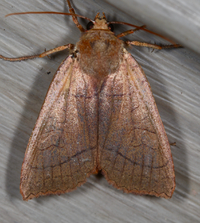 | Recorded by: Jim Petranka on 2023-11-06
Madison Co.
Comment: | 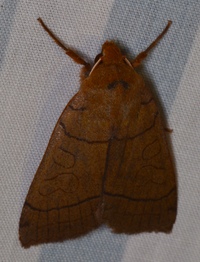 | Recorded by: Stephen Dunn on 2023-10-27
Orange Co.
Comment: |
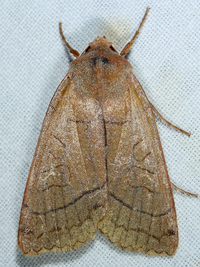 | Recorded by: tom ward on 2023-10-26
Buncombe Co.
Comment: | 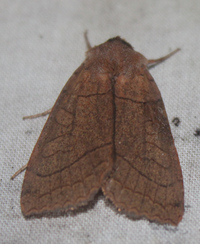 | Recorded by: Vin Stanton on 2022-11-08
Buncombe Co.
Comment: |
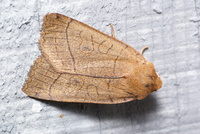 | Recorded by: Chuck Smith on 2022-11-06
Davidson Co.
Comment: |  | Recorded by: Jim Petranka on 2022-10-24
Madison Co.
Comment: |
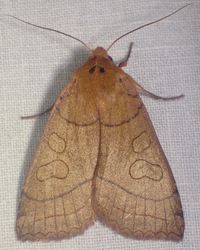 | Recorded by: tom ward on 2022-10-17
Buncombe Co.
Comment: | 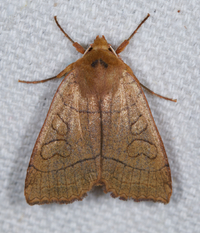 | Recorded by: Jim Petranka on 2022-10-15
Madison Co.
Comment: |
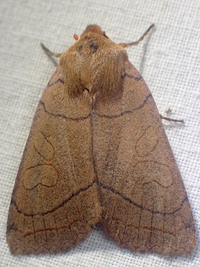 | Recorded by: tom ward on 2021-10-13
Buncombe Co.
Comment: |  | Recorded by: Jim Petranka on 2021-10-09
Madison Co.
Comment: |
 | Recorded by: tom ward on 2021-10-08
Buncombe Co.
Comment: | 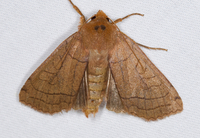 | Recorded by: Jim Petranka on 2020-10-27
Madison Co.
Comment: |
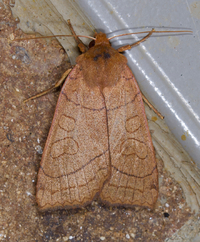 | Recorded by: Jim Petranka on 2020-10-23
Madison Co.
Comment: | 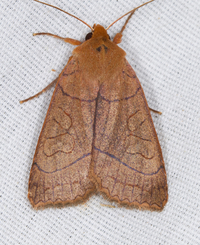 | Recorded by: Jim Petranka on 2020-10-12
Madison Co.
Comment: |
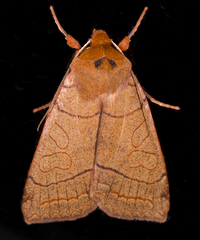 | Recorded by: Jim Petranka on 2020-10-07
Madison Co.
Comment: |  | Recorded by: Jim Petranka on 2020-10-04
Madison Co.
Comment: |
 | Recorded by: Gary Maness on 2019-11-07
Guilford Co.
Comment: | 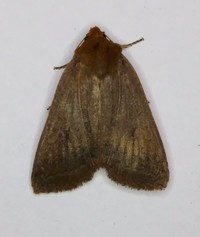 | Recorded by: Gary Maness on 2019-11-07
Guilford Co.
Comment: |
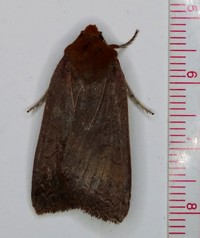 | Recorded by: Gary Maness on 2019-11-07
Guilford Co.
Comment: | 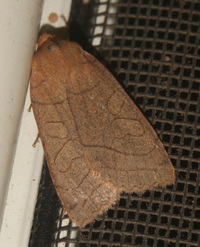 | Recorded by: Vin Stanton on 2019-10-30
Buncombe Co.
Comment: |
 | Recorded by: Jim Petranka and Becky Elkin on 2019-10-05
Madison Co.
Comment: | 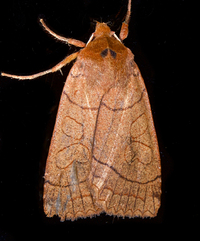 | Recorded by: Jim Petranka and Becky Elkin on 2019-09-30
Madison Co.
Comment: |
 | Recorded by: Jim Petranka and Becky Elkin on 2018-10-09
Madison Co.
Comment: | 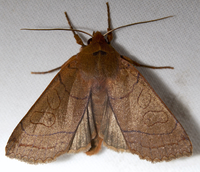 | Recorded by: Jim Petranka and Becky Elkin on 2018-09-30
Madison Co.
Comment: |
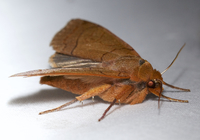 | Recorded by: Jim Petranka and Becky Elkin on 2018-09-30
Madison Co.
Comment: | 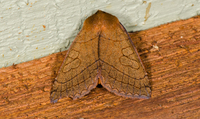 | Recorded by: David L. Heavner on 2018-09-26
Buncombe Co.
Comment: |
 | Recorded by: Darryl Willis on 2016-10-22
Cabarrus Co.
Comment: | 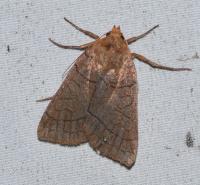 | Recorded by: Paul Scharf on 2015-11-17
Warren Co.
Comment: |
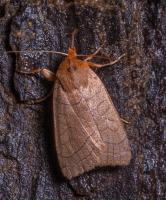 | Recorded by: Stephen Hall on 2015-11-03
Orange Co.
Comment: |  | Recorded by: Stephen Hall on 2015-10-28
Orange Co.
Comment: |
|